
A relatively new offering from the Walt Disney tour department is the Wild Africa Trek, taking place over at Disney’s Animal Kingdom Park. I had the opportunity to experience it, and survived to tell the tale.
The tour is offered six times a day, currently–three times before noon, and three times after. Some people feel that, as with the Kilimanjaro Safari, mornings are a better choice because it’s less hot and the animals are more likely to be restive. My normal disinclination to do much of anything before noon*, combined with a desire to see what the tour provides for lunch drove me to take the 12 o’clock session. The price of the tour is $129 for the rest of this month, after which it will increase to $189, and thereafter fluctuate depending on the season.
Check in for the tour is 30 minutes prior to the tour time at a clearly marked desk near the Dawa Bar in Harambe. They give you safety waivers to sign, and while one half of your brain is saying “wait, does this say my surviving relatives can’t sue even if I die through total negligence?” the other half of your brain is saying “HIPPOS! CROCODILES! WOO!!” So you sign.
A happy CM then leads you over to a relatively nondescript gate that leads off to a small trail. As you start walking down this unmarked trail into wilderness, you might turn around to remark to the CM how rustic it all is, to find that they, in fact, did not follow you through the gate, and that you are essentially now just wandering around on your own, hoping that the trail doesn’t lead straight to the carnivore feeding pen.
Shortly thereafter, you reach a small station where lockers are provided for anything that can’t be tethered directly to you (they provide clips for point-and-shoot cameras, while neck straps for larger cameras are acceptable.) You are discretely weighed, presumably to make sure you don’t meet with an Indiana-Jones-type accident on one of the suspension bridges, and then outfitted with a fairly heavy vest that has a number of pockets, clips, chains, and a water bottle with your name on it. Another short march away takes you to a small test suspension bridge, where they watch you cross and ascertain whether you’re the sort who’s likely to panic and have to be dragged off.
At this point, the Trek begins in earnest, as you are introduced to your two excellent and chipper guides (ours were Danna and Maria,) one of which appears to be the lead, and the other the photographer. A stroll through Harambe is next, with a quick informational stop at the sausage tree.
Continuing on, the guides then lead you through part of the Pangani Forest Exploration Trail with stops at the Colobus Monkeys and the gorillas.
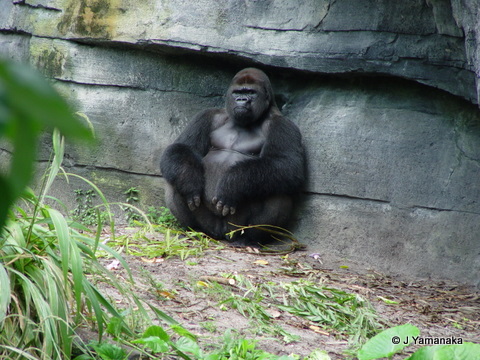
After that, the tour veers off the regularly traveled paths, and you make your way through a rather tight pathway, where vegetation is so close in, you need to hold the branches back to pass through. Eventually you hit one of the special stops on the tour: The Hippo Pool.
The back of your vest has a heavy chain coming out of it that typically rests over your shoulder and clips on to your front. At any of the near viewing areas or the bridges, you are required to unclip your chain and hand it over to one of the guides who then clamps the free end onto a guidewire. This enables you to get as close as you can to the animals without the guides having to worry about you taking a header into the hippos. You can totally lean straight out with all your weight on the chain without worrying about it breaking.
Although I had heard earlier reports from people that the hippos didn’t come out for them, the CMs throw watermelon and lettuce into the water so they are heavily incentivized to appear.
I understand they’re only dangerous if they’re wiggling their ears and blowing bubbles.
When everyone has had their fill of hippo-gawking, you move on to the next highly publicized area of the trek, the suspension bridges.
One thing you might bear in mind is that the real bridges are far longer and higher than the training bridges, spanning both the hippo pool and the crocodile pool. The slats on the bridges are irregularly placed, as if random ones had broken off, leaving large gaps that need to be stepped/jumped over.
There is a net directly under the bridge to support you if you happened to misstep–actually, when they initially said there was a net under the bridge, I had a vision of a large tightrope-walking net far beneath, where you’d just have to lie, barely out of reach of the crocodiles, until people could fetch you out, if you fell. Apparently they went for the less-dramatic route.
Once on the other side of the two bridges, you again get to stand (clipped securely in place) over the crocodiles and observe while they dream sweet dreams of clumsy tourists and broken nets.
After that, the on-foot portion of the tour is basically over, and they load you into a truck to take you on out to the Savannah. This part mimics the regular Kilimanjaro Safari ride with the exception that the driver is periodically able to pull over for pictures or extended viewing.
Ultimately, you are brought to an observation deck where a cute multi tiered lunch box is presented to you, along with a flask of “Jungle Juice,” and you get to sit and eat and listen to the Ankole Cattle moo while surveying the whole Savannah.
The lunch was very good, featuring selections from Tusker House–prosciutto, chicken salad, melon, shrimp, salmon, and sun-dried tomato hummus. The three melon balls were exceptional.
The whole deck was beautiful with an indigenous feel–they’re not kidding when they say they have the nicest bathrooms in all of East Africa.
After about 30 minutes, it’s time to get back on the truck again, with some more animal stops when the wildlife cooperates.
Eventually the truck brings you back to the unloading area for the Safari, where you return to your original outfitting station and trade in your vest for your locker contents. They give you your water bottle, a PhotoPass card and a discount code for a free photo CD, and you are relased back out into the wild of Harambe again.
In Review:
Most reviews on this tour that I’ve heard say that they liked the first part, with the walking, and the third part, with the eating, but were kind of meh on the middle, with the driving. I would tend to agree with this. Not only does the drive mimic the same drive as on the Kilimanjaro Safaris, but in some ways it’s actually worse, as the truck they drive you in has seating way less comfortable/roomy/suited to sightseeing than the usual jeeps. The tour truck has “U”-shaped benches, much like the Jungle Cruise boats, and just like the Jungle Cruise boats, everyone is facing inwards, making it almost impossible to get a good look at anything unless you can swivel your head around 180 degrees, or unless they stop the truck to let you stand up. Our group had twelve people, of which three were children, and the seating was frankly, a little cozy–I can’t imagine how close you’d have to sit together if you had a full group of large adults. Additionally, they only stop where they have areas to pull over, so some of those areas that you barely get a glimpse of on the regular safari? You still barely get a glimpse of them.
The tour is fun but the price is steep. Most people agree, I think, that at the current price of $129, it’s probably worth it, particularly if you were going to purchase the Photo CD (list price is $149.) Unfortunately, as the tour guides told us, “you’ll never see it this cheap again!” If they were to replace the middle driving section with some other “active” segment, or even just give more time to eat at the platform, I think it would be a better bargain. The metal water bottle they give you is a nice touch, but is totally blank–it seems reasonable to think that they might print “Disney’s Wild Animal Trek” or something on the sides in the future.
The other issue is whether the nature of the tour limits its audience: The bridges seem long enough and high enough to deter people concerned about such matters, but are likely to be a little tame and Tom Sawyer’s Island-y for anyone used to outdoor activities. If they could offer an alternative route that ziplined over the same area, or possibly let you actually hang over the ledge at the hippo/croc viewing areas, I think that could considerably boost the appeal.
Recommended: People who really, really like animals; people who like to try anything new at WDW; people who enjoy mild exertion; people already planning on buying the PhotoPass CD; people for whom money is no object.
Not Recommended: People who think they’re going to get up close and personal with the animals; people looking for extreme thrills; people who hate walking; people who dislike heights.
*OK, it sounds bad, but I’m from the West Coast! When it’s 8am at WDW, it’s actually 5am for me!


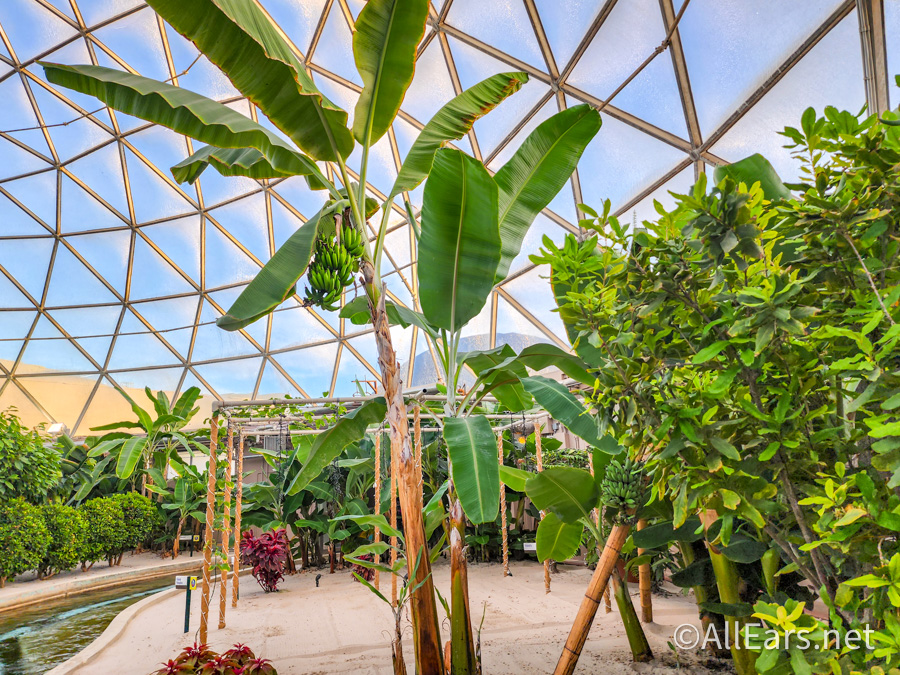


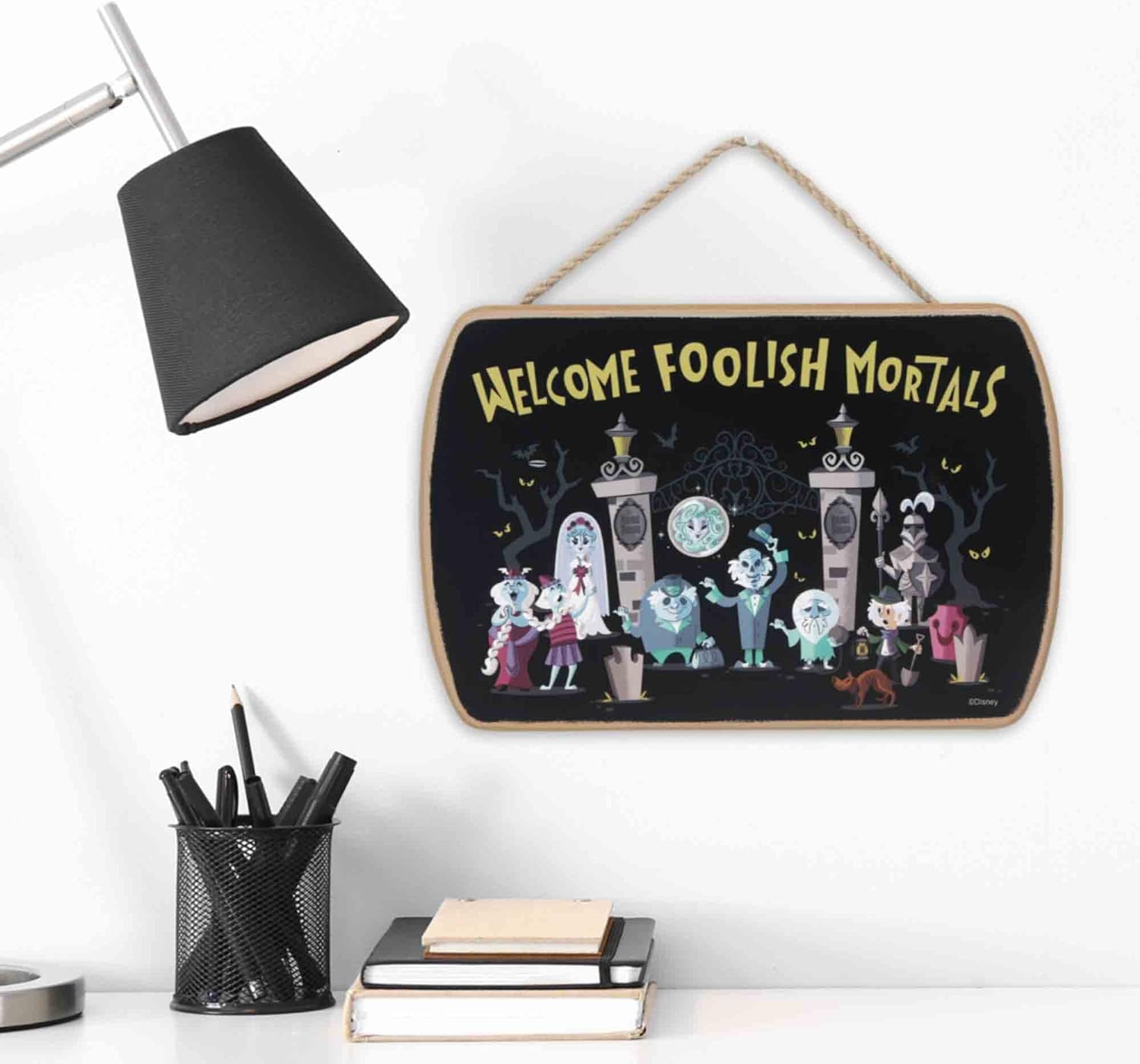
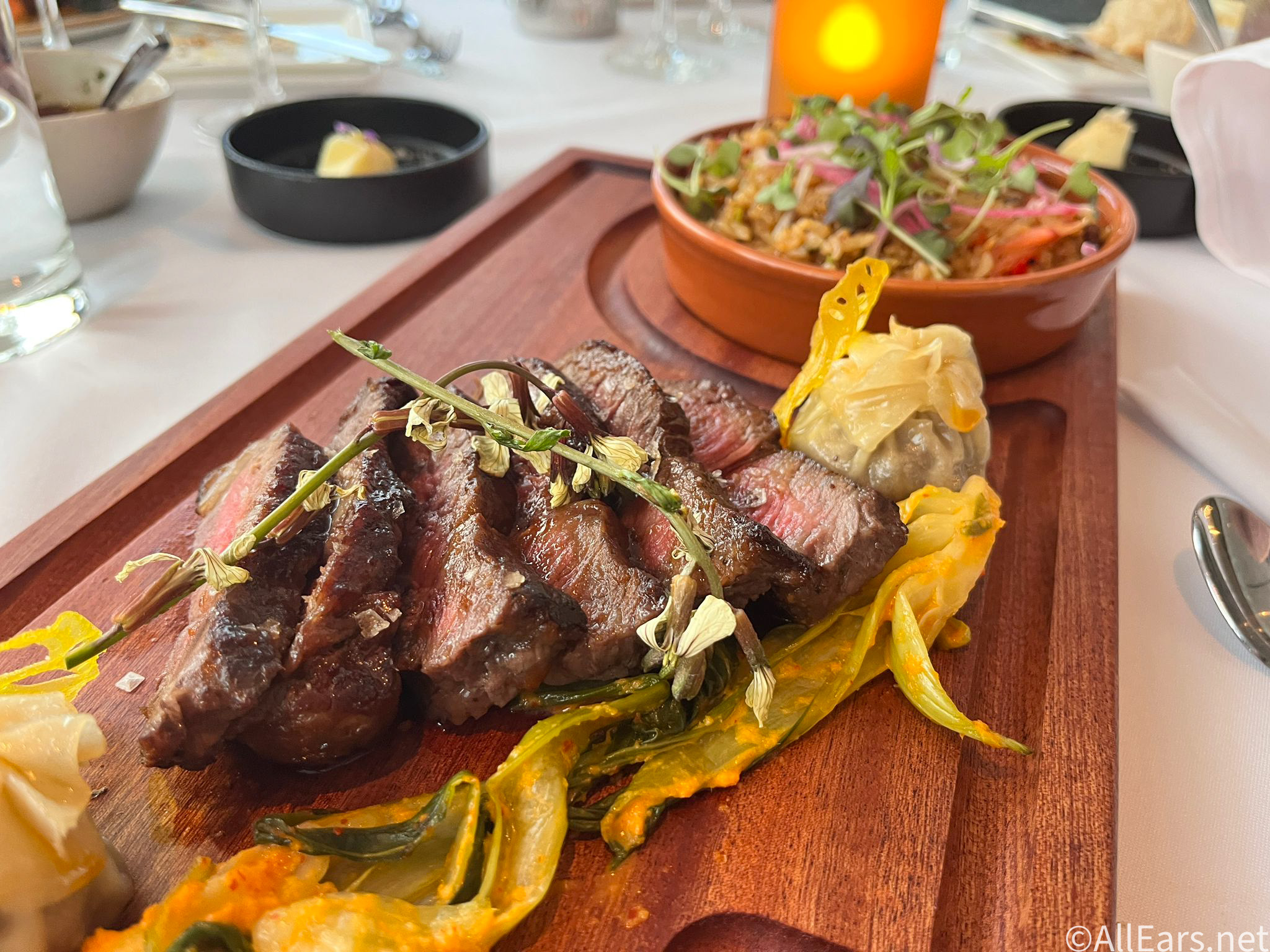
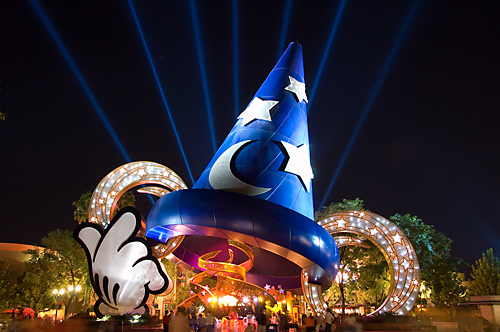
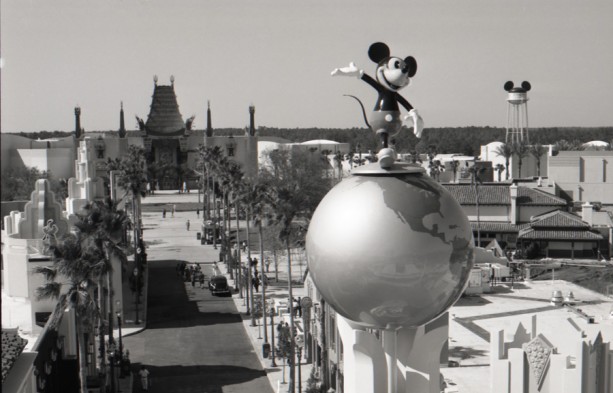
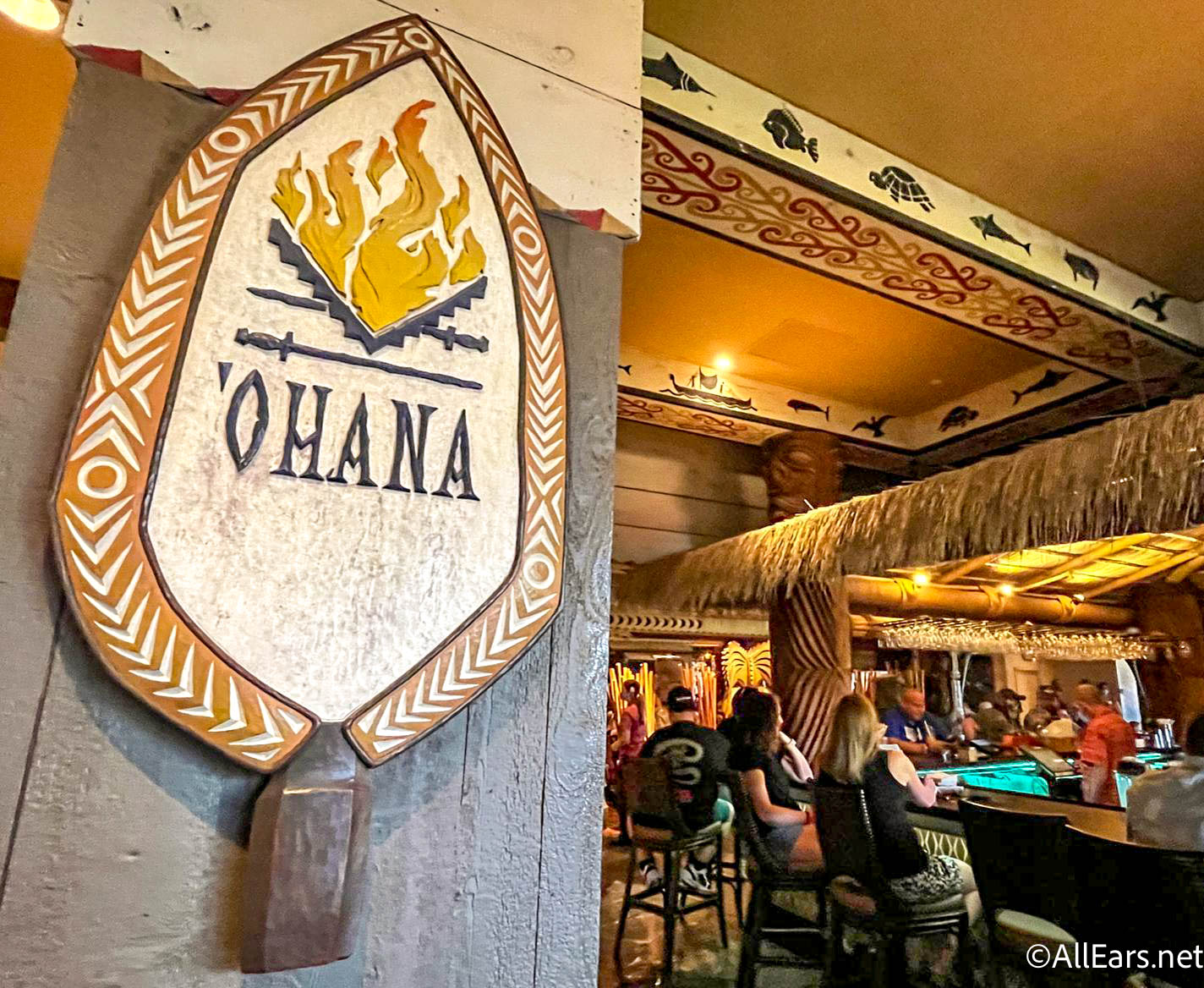


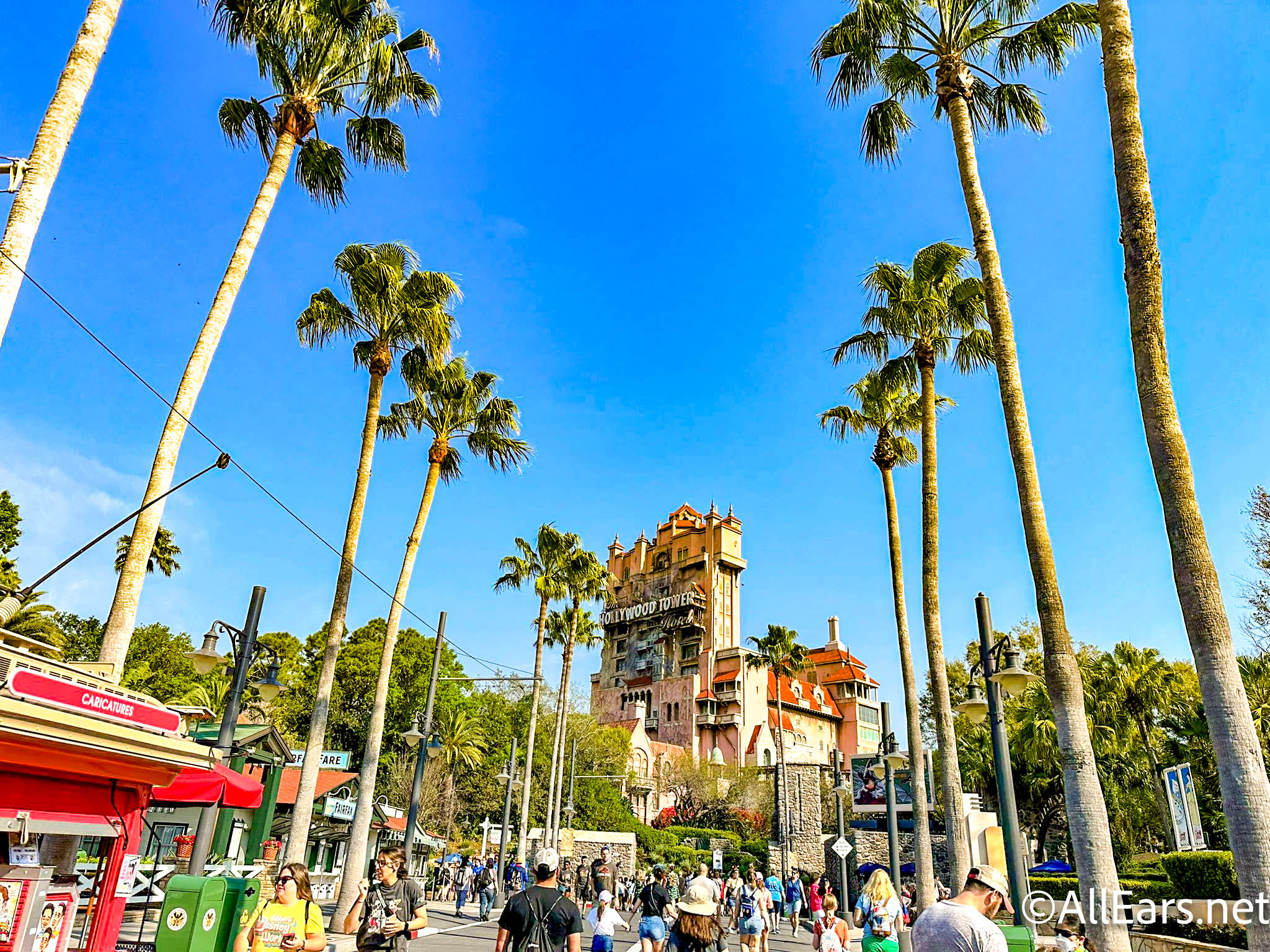
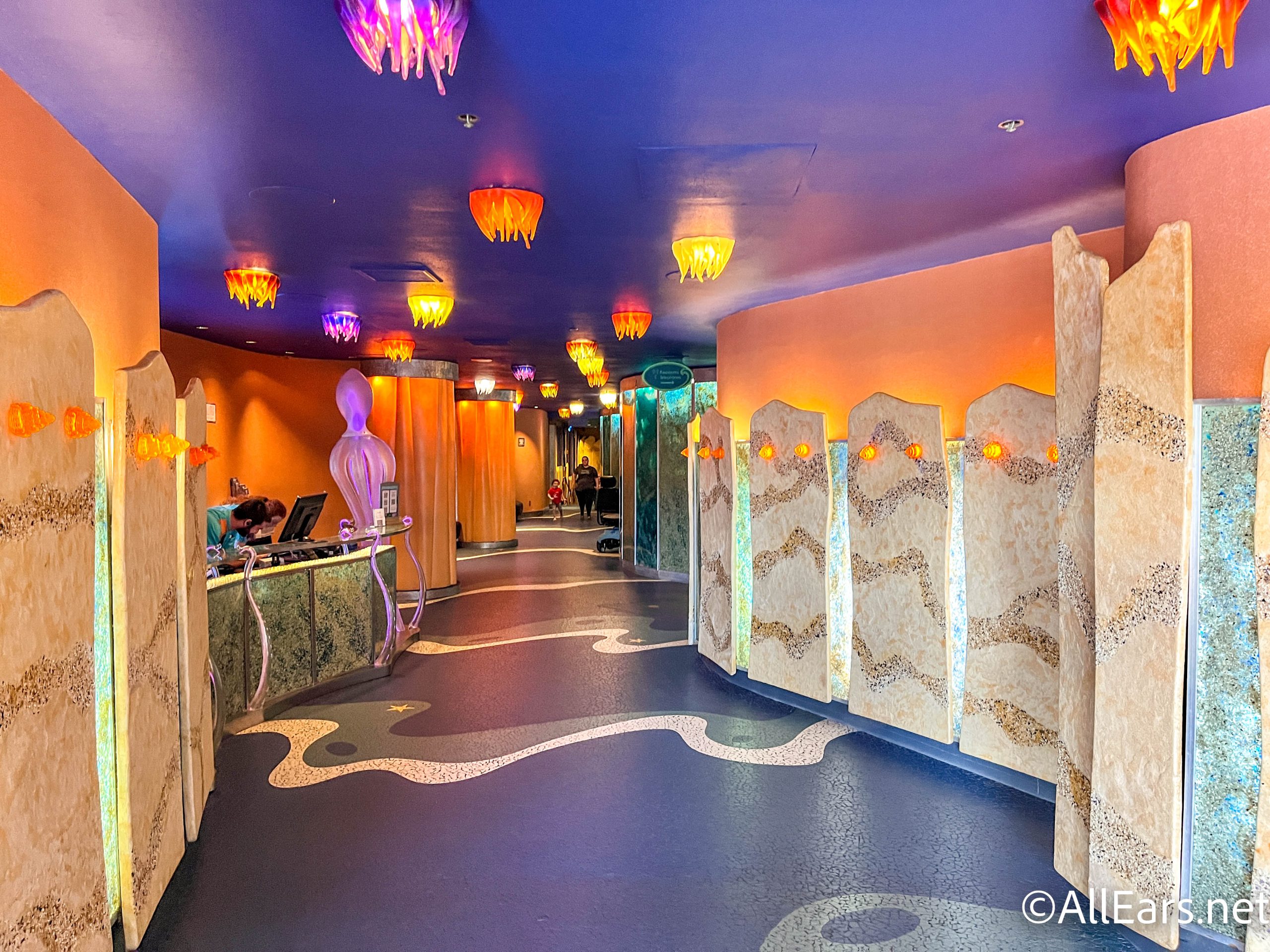
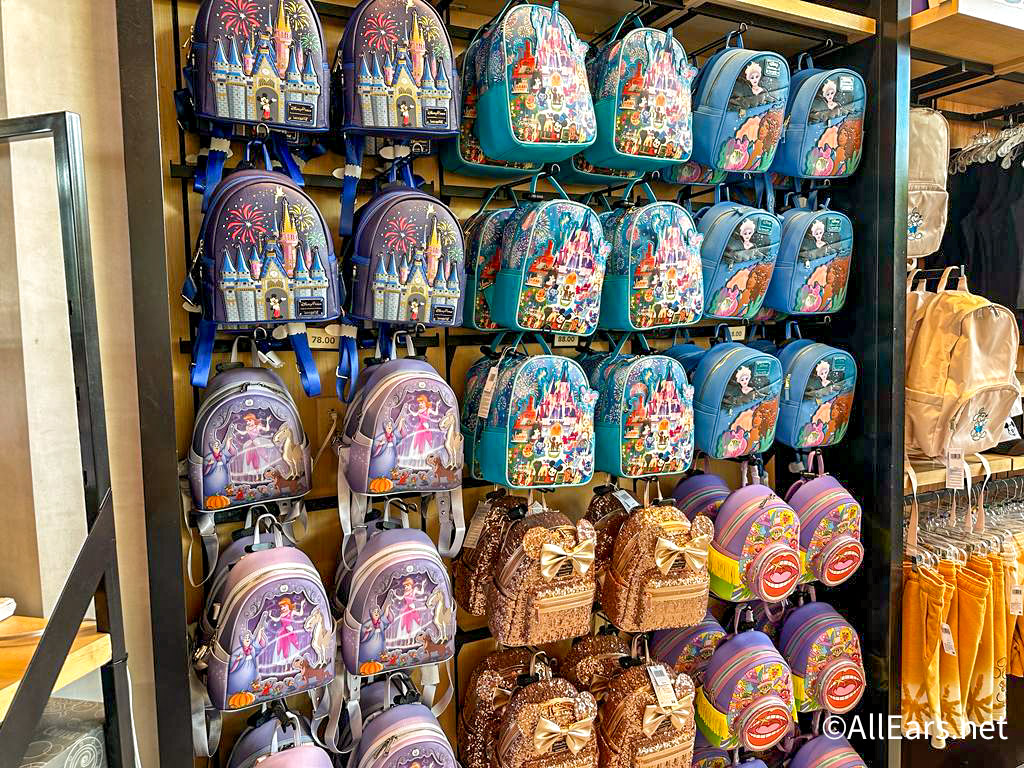

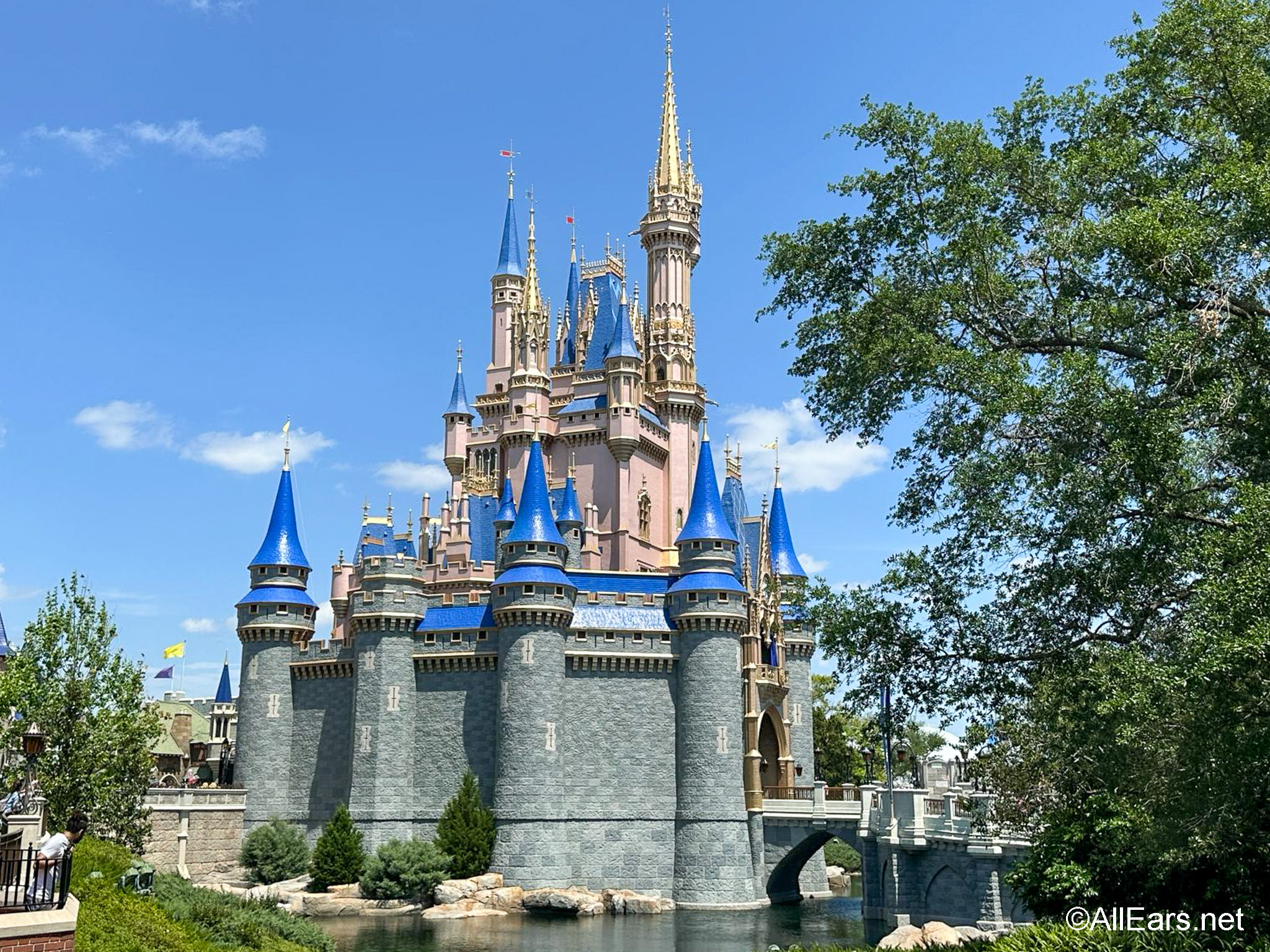

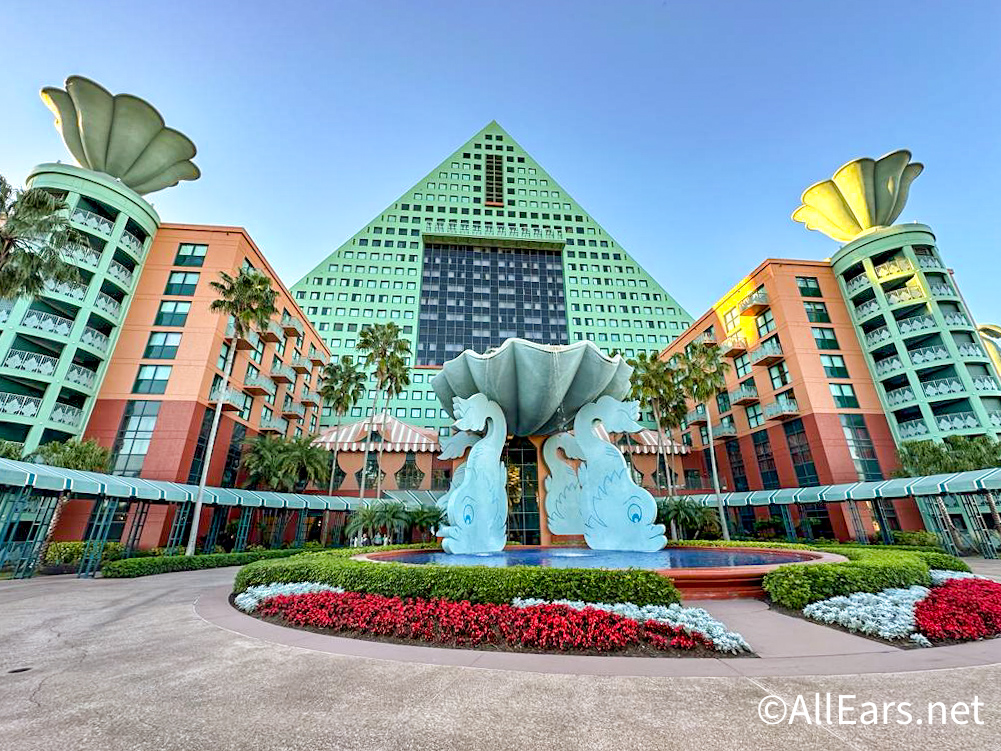
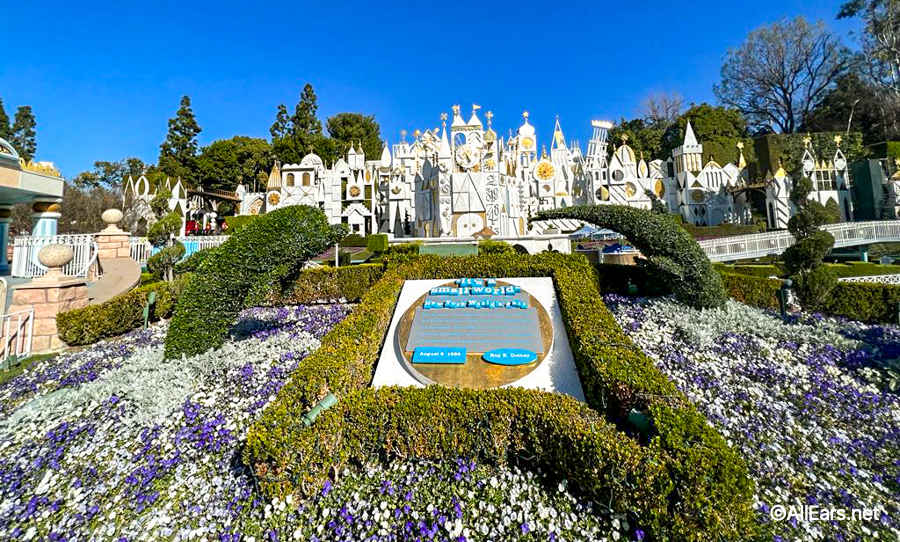

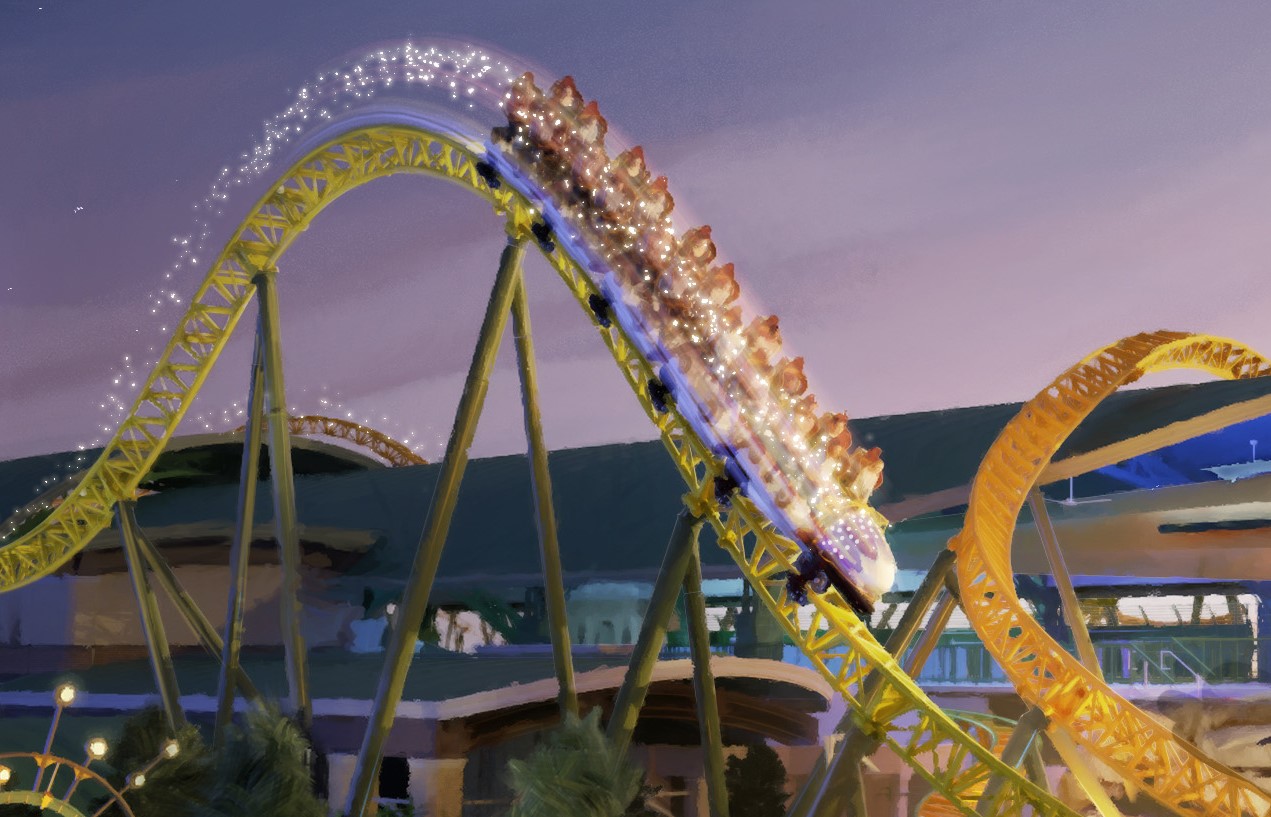

How far out can this tour be reserved?
Jeanine: In general, I believe most tours can be booked around 180 days in advance. The Wild Animal Trek, however, seems to be more variable, sometimes only booking a few months out at a time (possibly because the pricing on this tour can vary with the seasons.) My best advice would be to call (407) 939-8687 for definitive information about your specific dates of interest.
Can anyone explain why you have to wear shoes “with a back strap”? Will a good pair of athletic walking shoes work? I don’t really want to carry my hiking boots in my luggage.
Thanks!
Jeanine: The impression I got was that they were mainly looking to avoid having people wear flip-flops or other shoes that might easily slide/fall off into the hippo pool or something. I wore tennis shoes and that seemed to be fine.
Thank you Jeanine and Laura for a wonderful adventure in words and photos. I thoroughly enjoyed your blog and was led here by DebK’s same adventure from my AllEars.Net Newsletter. Thank you…Thank you..Thank you. Ray 🙂
Can you tell me what type of camera the photos were taken with? I am trying to decide which lens to bring for my SLR (an 18-105mm or the 100-300mm which would let me get close up shots of the animals). I assume the vest pocket is not big enough for a second lens? Thanks for your review
Jeanine: I used a Panasonic DMC Z35 which is one of the “superzoom” point-and-shoots–the lens is equivalent to 27-486 mm. The vest pockets, while big enough to fit a compact camera, would probably not be large enough for some of the larger lenses. Additionally, they mostly let you take only things that can actually be tethered to your person in some way, by a neck strap or a cord attached to your vest. Thanks for reading!
My husband & I went on the trek 2 weeks ago and absolutely loved it. I agree that the seating on the truck is a little tight. Here’s a tip: Sit on the side opposite the truck entrance, towards the back of the truck. I sat there. Since the bench doesn’t go all the way to the back of the truck, there is plenty of leg room to turn around to see all of the animals – and get great pictures from the back view. We were able to stop many times to get better views of the animals. Having the 2nd trek guide taking pictures is great. We ask our guide throughout the entire tour to take different pictures of my husband & I. Usually when it’s just the two of us, we can only get pictures together from the Disney Photographers.
We choose the 10am tour and there were plenty of animals out to see.
We highly recommend this tour.
Do you know what the weight limit is for this tour?
Laura replies: It’s 310 pounds.
Jeanine: I believe the total weight limit is 310lbs, however that includes the relatively heavy vest. The reservation CM said that to be on the safe side, they look for people to be under 300lbs.
This sounds neat! We might have to do this on our upcoming trip in Dec.